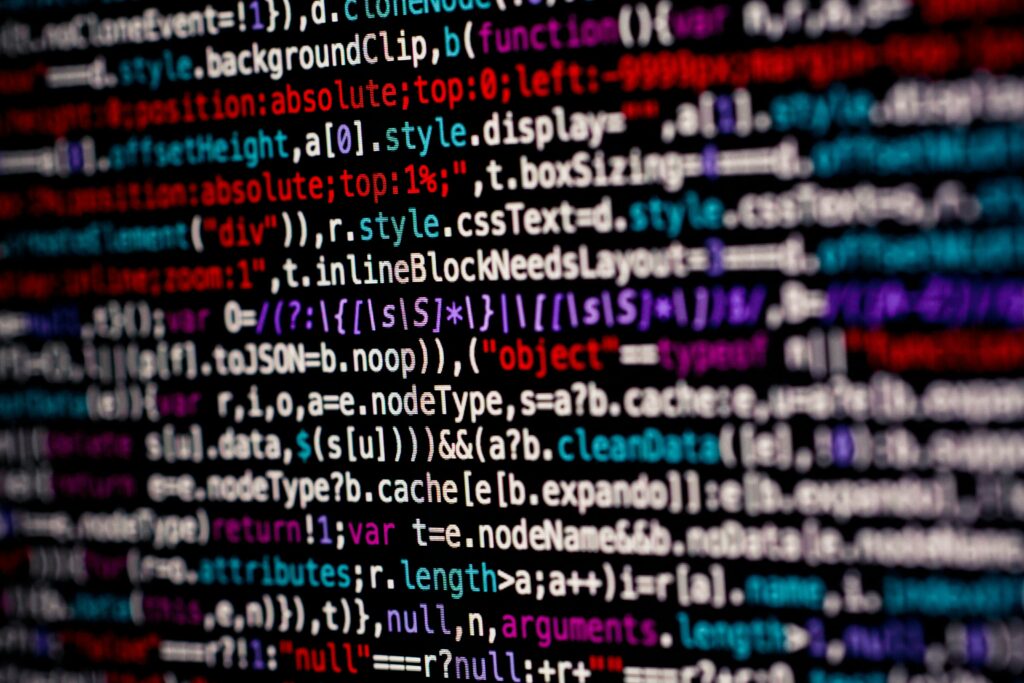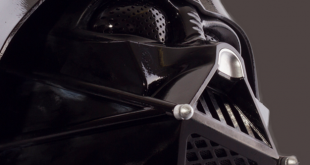AI and Creativity – Unleashing the Power of Generative Models

Artificial Intelligence (AI) has transcended its conventional roles, evolving from a mere tool for automation and problem-solving into a creative force that is reshaping the way we perceive and engage with art, literature, music, and more. At the heart of this transformation lies the remarkable capabilities of generative models, which have become synonymous with the fusion of AI and creativity. In this article, we delve into the profound impact of generative models on the creative landscape, exploring their potential, challenges, and the ethical considerations that come with unleashing such technological prowess.
The Rise of Generative Models
Generative models, a subset of AI, have gained prominence due to their ability to produce content autonomously by learning from vast datasets. These models leverage techniques like deep learning and neural networks to generate new and original content, mimicking the patterns and styles inherent in the data they are trained on. This capability has revolutionized creative processes across various domains, giving rise to AI-generated art, literature, music, and even entire worlds in virtual environments.
AI in Art: The Canvas of Creativity
Artificial Intelligence has found a captivating home within the realm of visual arts. Generative models, such as Generative Adversarial Networks (GANs), have been employed to create visually stunning and thought-provoking artworks. Artists and technologists collaborate to push the boundaries of what is possible, with AI serving as a co-creator rather than a mere tool.
One notable example is the creation of “Portrait of Edmond de Belamy” by the Paris-based art collective Obvious. The portrait, generated by a GAN, sold at auction for a staggering price, sparking debates about the role of AI in the art world. The interplay between human creativity and machine-generated content raises questions about authorship, originality, and the very nature of art.
AI in Literature: Penning the Future
The written word, a hallmark of human expression, has not escaped the transformative touch of generative models. AI algorithms, particularly those based on recurrent neural networks (RNNs) and transformers, are capable of crafting coherent and contextually relevant text. This has led to the development of AI-generated novels, poems, and articles.
Projects like OpenAI’s GPT-3 have demonstrated the ability to generate highly convincing text, blurring the lines between human and machine-authored content. While these models excel in generating text based on input prompts, they also pose challenges related to biases present in training data and the potential for misinformation. Striking a balance between creativity and responsible use of AI in literature is crucial to harness its full potential.
AI in Music: Composing the Symphony of Tomorrow
In the realm of music, AI has emerged as a powerful collaborator for composers and musicians. Generative models, trained on extensive musical datasets, can compose original pieces in various genres, mimicking the styles of renowned composers or creating entirely new musical landscapes.
AI-generated music has found applications in film scoring, advertising, and even live performances. This raises questions about the role of AI in shaping the future of music creation and the emotional resonance of compositions devoid of human experience. As AI-generated music becomes more prevalent, the challenge lies in maintaining a balance between innovation and preserving the essence of human expression in music.
Challenges and Ethical Considerations
The integration of AI and creativity is not without its challenges and ethical considerations. Bias in training data, potential job displacement in creative industries, and questions surrounding copyright and intellectual property are among the issues that demand careful consideration.
Generative models are only as good as the data they are trained on, and if that data contains biases, the output can perpetuate and amplify those biases. Ensuring diverse and representative datasets is crucial to avoid reinforcing societal prejudices in AI-generated content.
The potential for AI to automate certain creative tasks also raises concerns about job displacement in fields traditionally reliant on human creativity. Striking a balance between the efficiency gains brought by AI and preserving the value of human creativity is a delicate challenge that requires thoughtful navigation.
Moreover, the question of authorship and ownership in AI-generated content remains a complex issue. As AI systems become more sophisticated, defining the boundaries between human and machine contributions becomes increasingly challenging. Clear guidelines and regulations are necessary to address the legal and ethical aspects of AI-generated creative works.
Conclusion
The convergence of AI and creativity, propelled by the capabilities of generative models, marks a paradigm shift in how we perceive and engage with artistic expression. From visual arts to literature and music, AI has demonstrated its potential to push the boundaries of creativity and redefine the creative process. However, with great power comes great responsibility, and addressing the challenges and ethical considerations associated with AI in creativity is paramount.
As we navigate this evolving landscape, fostering collaboration between technologists, artists, ethicists, and policymakers is crucial to ensure that AI enhances, rather than diminishes, the richness of human creativity. The journey towards unleashing the full power of generative models in the realm of creativity requires a harmonious blend of innovation, ethical considerations, and a profound appreciation for the human touch in the ever-expanding tapestry of artistic expression.
 Epic Heroes Entertainment Movies Toys TV Video Games News Art Pop culture news goodness
Epic Heroes Entertainment Movies Toys TV Video Games News Art Pop culture news goodness




